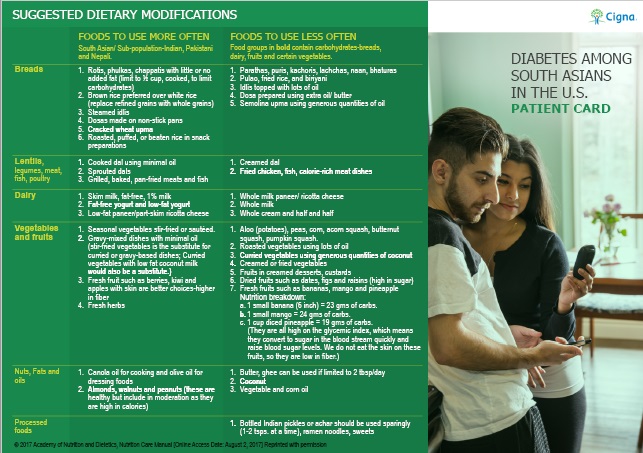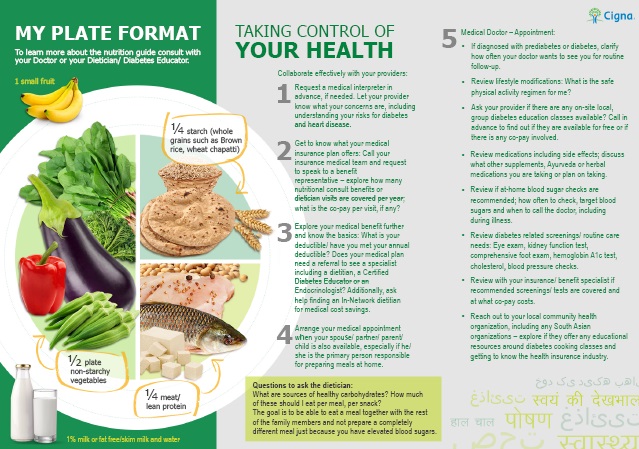Diabetes mellitus refers to a group of diseases that affect how your body uses blood sugar (glucose). Glucose is vital to your health because it’s an important source of energy for the cells that make up your muscles and tissues. It’s also your brain’s main source of fuel.
The underlying cause of diabetes varies by type. But, no matter what type of diabetes you have, it can lead to excess sugar in your blood. Too much sugar in your blood can lead to serious health problems.
Chronic diabetes conditions include type 1 diabetes and type 2 diabetes. Potentially reversible diabetes conditions include prediabetes and gestational diabetes. Prediabetes occurs when your blood sugar levels are higher than normal, but not high enough to be classified as diabetes. And prediabetes is often the precursor of diabetes unless appropriate measures are taken to prevent progression. Gestational diabetes occurs during pregnancy but may resolve after the baby is delivered.
Symptoms
Diabetes symptoms vary depending on how much your blood sugar is elevated. Some people, especially those with prediabetes or type 2 diabetes, may sometimes not experience symptoms. In type 1 diabetes, symptoms tend to come on quickly and be more severe.
Some of the signs and symptoms of type 1 diabetes and type 2 diabetes are:
- Increased thirst
- Frequent urination
- Extreme hunger
- Unexplained weight loss
- Presence of ketones in the urine (ketones are a byproduct of the breakdown of muscle and fat that happens when there’s not enough available insulin)
- Fatigue
- Irritability
- Blurred vision
- Slow-healing sores
- Frequent infections, such as gums or skin infections and vaginal infections
Type 1 diabetes can develop at any age, though it often appears during childhood or adolescence. Type 2 diabetes, the more common type, can develop at any age, though it’s more common in people older than 40.
When to see a doctor
- If you suspect you or your child may have diabetes. If you notice any possible diabetes symptoms, contact your doctor. The earlier the condition is diagnosed, the sooner treatment can begin.
- If you’ve already been diagnosed with diabetes. After you receive your diagnosis, you’ll need close medical follow-up until your blood sugar levels stabilize.
Risk factors
Risk factors for diabetes depend on the type of diabetes.
Risk factors for type 1 diabetes
Although the exact cause of type 1 diabetes is unknown, factors that may signal an increased risk include:
- Family history. Your risk increases if a parent or sibling has type 1 diabetes.
- Environmental factors. Circumstances such as exposure to a viral illness likely play some role in type 1 diabetes.
- The presence of damaging immune system cells (autoantibodies). Sometimes family members of people with type 1 diabetes are tested for the presence of diabetes autoantibodies. If you have these autoantibodies, you have an increased risk of developing type 1 diabetes. But not everyone who has these autoantibodies develops diabetes.
- Geography. Certain countries, such as Finland and Sweden, have higher rates of type 1 diabetes.
Risk factors for prediabetes and type 2 diabetes
Researchers don’t fully understand why some people develop prediabetes and type 2 diabetes and others don’t. It’s clear that certain factors increase the risk, however, including:
- Weight. The more fatty tissue you have, the more resistant your cells become to insulin.
- Inactivity. The less active you are, the greater your risk. Physical activity helps you control your weight, uses up glucose as energy and makes your cells more sensitive to insulin.
- Family history. Your risk increases if a parent or sibling has type 2 diabetes.
- Race or ethnicity. Although it’s unclear why, certain people — including Black, Hispanic, American Indian and Asian American people — are at higher risk.
- Age. Your risk increases as you get older. This may be because you tend to exercise less, lose muscle mass and gain weight as you age. But type 2 diabetes is also increasing among children, adolescents and younger adults.
- Gestational diabetes. If you developed gestational diabetes when you were pregnant, your risk of developing prediabetes and type 2 diabetes increases. If you gave birth to a baby weighing more than 9 pounds (4 kilograms), you’re also at risk of type 2 diabetes.
- Polycystic ovary syndrome. For women, having polycystic ovary syndrome — a common condition characterized by irregular menstrual periods, excess hair growth and obesity — increases the risk of diabetes.
- High blood pressure. Having blood pressure over 140/90 millimeters of mercury (mm Hg) is linked to an increased risk of type 2 diabetes.
- Abnormal cholesterol and triglyceride levels. If you have low levels of high-density lipoprotein (HDL), or “good,” cholesterol, your risk of type 2 diabetes is higher. Triglycerides are another type of fat carried in the blood. People with high levels of triglycerides have an increased risk of type 2 diabetes. Your doctor can let you know what your cholesterol and triglyceride levels are.
Prevention
Type 1 diabetes can’t be prevented. However, the same healthy lifestyle choices that help treat prediabetes, type 2 diabetes and gestational diabetes can also help prevent them:
- Eat healthy foods. Choose foods lower in fat and calories and higher in fiber. Focus on fruits, vegetables and whole grains. Strive for variety to prevent boredom.
- Get more physical activity. Aim for about 30 minutes of moderate aerobic activity on most days of the week, or at least 150 minutes of moderate aerobic activity a week.
Lose excess pounds. If you’re overweight, losing even 7% of your body weight — for example, 14 pounds (6.4 kilograms) if you weigh 200 pounds (90.7 kilograms) — can reduce the risk of diabetes.
Don’t try to lose weight during pregnancy, however. Talk to your doctor about how much weight is healthy for you to gain during pregnancy.
To keep your weight in a healthy range, focus on permanent changes to your eating and exercise habits. Motivate yourself by remembering the benefits of losing weight, such as a healthier heart, more energy and improved self-esteem.
Sometimes medication is an option as well. Oral diabetes drugs such as metformin (Glumetza, Fortamet, others) may reduce the risk of type 2 diabetes — but healthy lifestyle choices remain essential. Have your blood sugar checked at least once a year to check that you haven’t developed type 2 diabetes.







